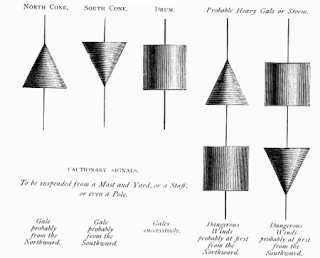UXB - UNEXPLODED BOMB
Heinkel HE 1-11
While doing research for BLOOD ON THE TIDE I needed to find out about unexploded bombs, discovered after WW2. There's a wonderful pub, called the Red Lion at Snargate, that hasn't changed since the 1950s. On the wall was a chart showing 'where the bombs fell in Kent'. The whole map of the county was peppered with black dots. Many were 'doodlebugs', V1 and V2 flying bombs, that fell short of their targets - usually London. But a significant number were those that had been dropped by German bombers returning after a raid, anxious to get rid of excess playload as they fled the pursuing Spitfires and Hurricanes. It was one such that was discovered in the book at Compass Point. This was how Captain Valiant and Sapper Rankin, the bomb disposal experts I had created, described its recovery in the book.
Captain Valiant recovering the SE50 at Compass Point
The timing
device was exposed, in surprisingly good condition, considering the length of
time it had been buried. Probably, both men agreed, silt and mud covering it
had preserved it from the ravages of seawater. Valiant took the proffered wire-cutters
that Rankin had anticipated he would need. With a muttered thanks, he reached
into the exposed cavity, snipped twice then exhaled noisily.
‘Phew, that’s it then.’ Leaning back he looked
out towards the horizon. He could see a thin line as the sea started to return.
‘Come on mate, we’d better get a move on. We need the A-frame and tackle so we
can lift this blighter out before we get wet.’
-0-
‘Jerry
designated it an SC fifty. A Heinkel HE one-eleven could carry 40 of these 50
kilogram jobs and each one contained 25 kilos of TNT. Despite their relative
small size they could cause quite a blast. Not only that, but the exploding
case would send lethal pieces of shrapnel, flying off in all directions - at
about 7000 miles an hour.’
Salt screwed up
his face and winced. ‘Nasty.’
‘Quite,’ Valiant
said. ‘Luckily this one didn’t go off. Possibly the pilot ditched it on the way
back from a raid. It happened a lot. Once they’d dumped their bombs on London
they high-tailed it back across the channel as quickly as they could, usually
pursued by Spits and Hurricanes. Then they’d get rid of as much weight as possible.
This one’s been sitting in the mud and silt, covered up, ever since.’
























